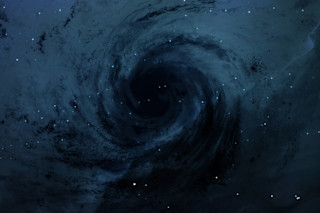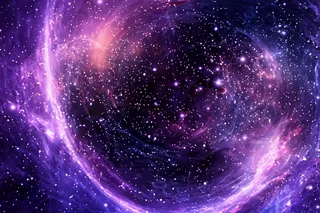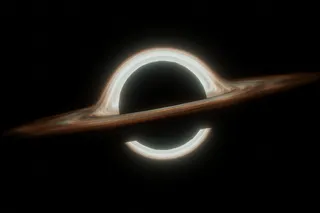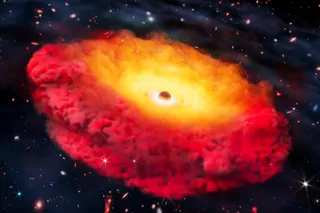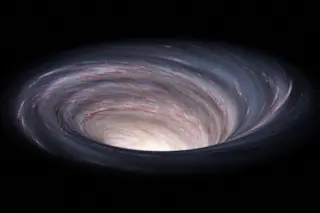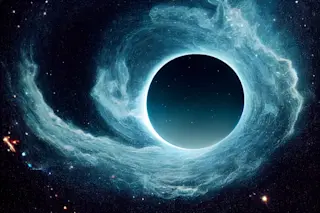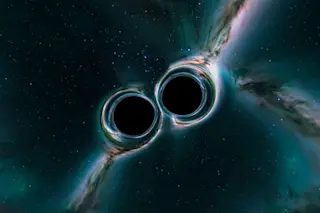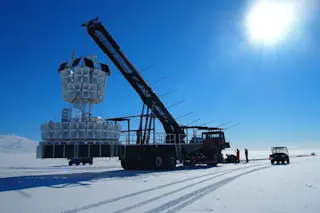Since 2006, astrophysicists have shown through computer simulations that when two black holes merge, the gravitational waves emitted during this interaction carry linear momentum with them. This, in turn, could potentially impart a large recoil, or “kick,” to the product of that merger: a bigger black hole.
Until now, this kick remained strictly theoretical. It could be gleaned from the equations of general relativity that were introduced by Albert Einstein in 1915 and from his prediction of gravitational waves one year later. But a preprint study released earlier this month (which is currently undergoing peer review) provides the first evidence for the phenomenon based on actual astronomical data from a black hole merger. In fact, the kick velocity was probably high enough to send the black hole in question catapulting out of its galaxy of origin to a destination unknown.
“There had been previous attempts to see something like this,” ...


